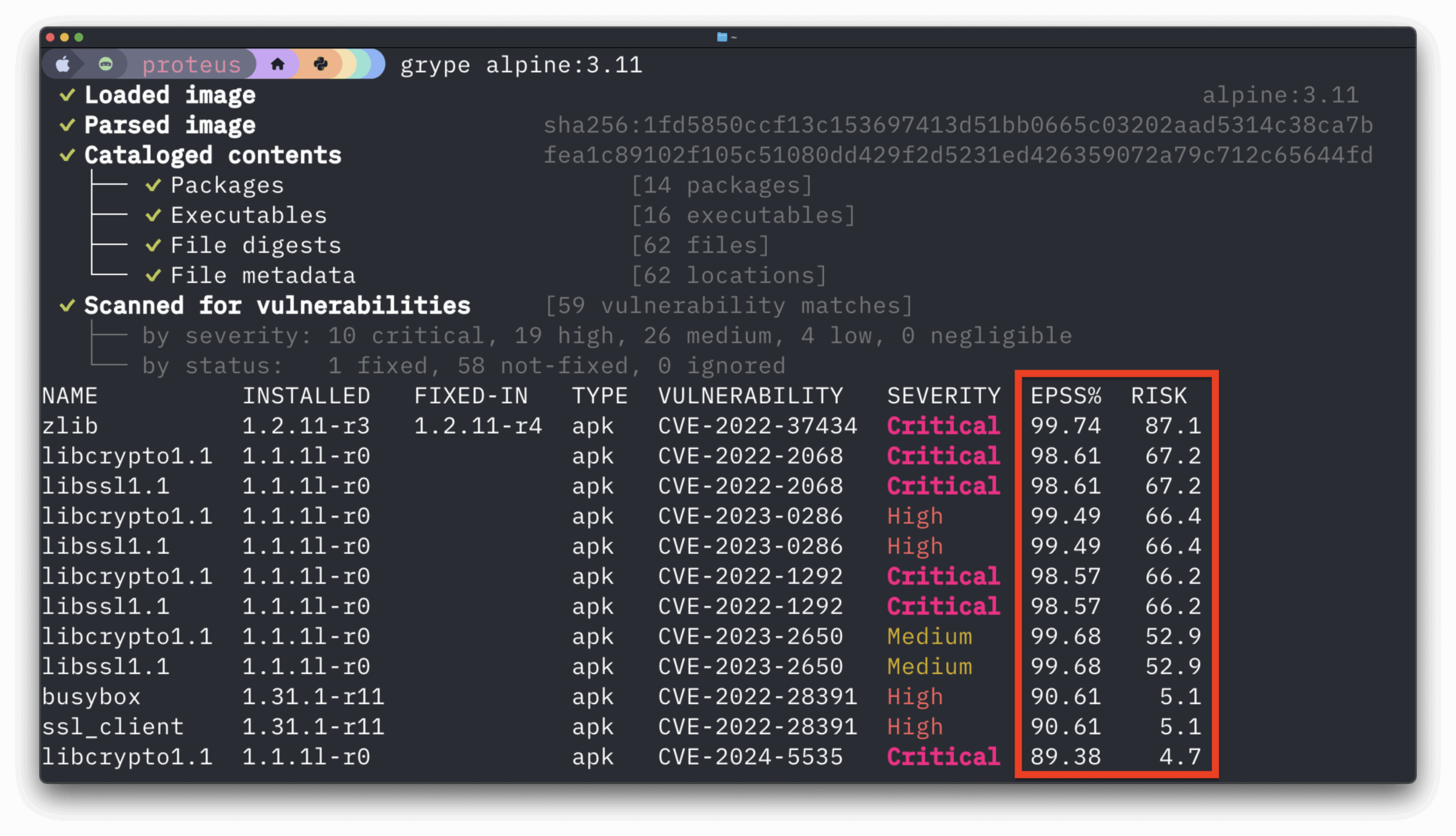There’s an odd mix of fearlessness and fear that surrounds our constant need for innovation in modern business.
It takes courage to risk striking out in a new direction, turning your back on the perceived stability of the status quo. And yet, in many industries, the compulsion for innovation is fuelled by a very real fear of getting left behind.
Building on over 150 years of secure Swiss banking heritage, Hypothekarbank Lenzburg (HBL) feels these conflicting pressures more than most. But this hasn’t stopped its technology team from leading the Swiss banking sector in new, risk-fraught areas such as blockchain and open banking.
The recent pace of growth and innovation at HBL was fueled by bountiful new CI/CD pipelines, built on containerization and Kubernetes. However, this had also opened up very real risks for the bank’s operational security and stability:
“More and more of our software, from both internal and external developers, is now delivered as containers. This made it very hard for our traditional vulnerability management solution to keep up because it couldn’t scan containers efficiently,” explains Sascha Kaufmann, Head of IT Security at HBL, in our latest case study.
When HBL looked at solving this new challenge, it soon became clear that a conservative attitude towards IT security was actually the most dangerous approach.
Existing, tried-and-tested security vendors were unable to keep pace with the speed of container-based development. And the bold changes the organization had embraced by adopting cloud-native development, demanded a new security solution built for this new environment.
The real surprise for HBL was that in taking a new and dedicated approach to container security, the team turned an area of unacceptable risk into a pillar of strengthened security for the bank moving forward.
Discover DevSecOps at work in the banking sector with our latest case study.


